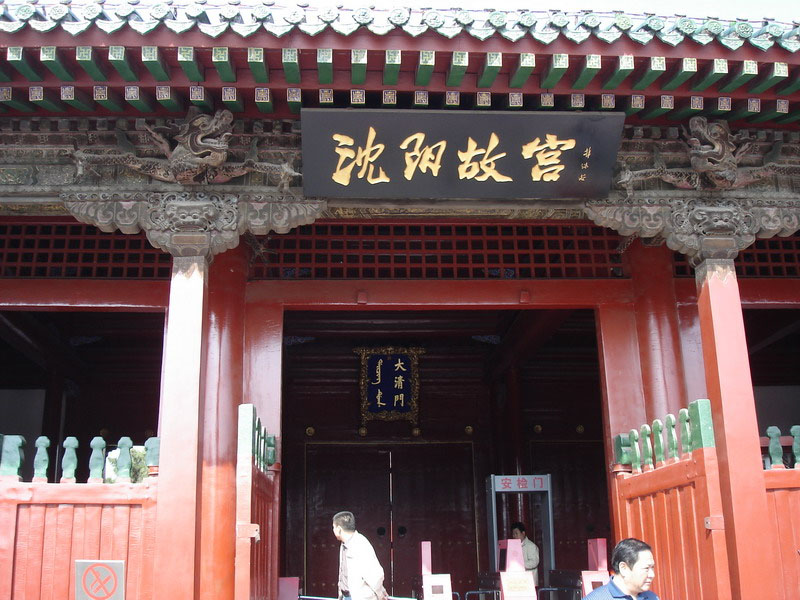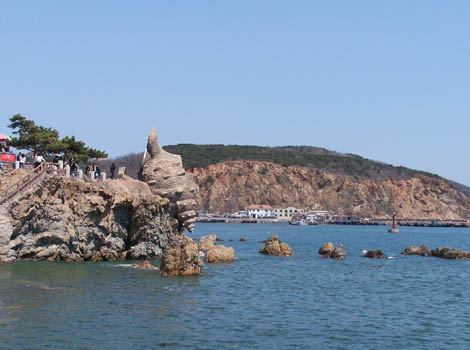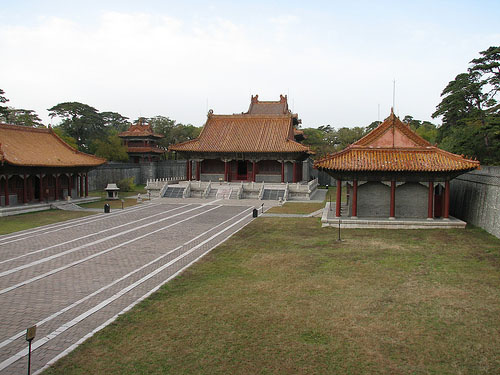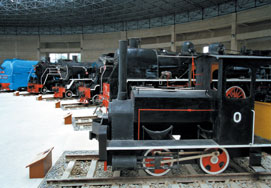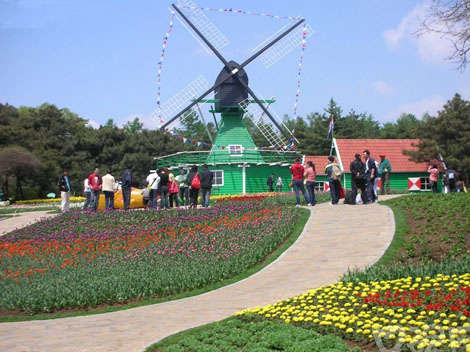Dalian Tourism
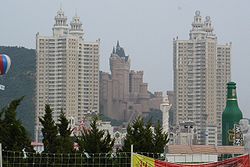
-
Province:Liaoning (Chinese: 辽宁, Pinyin:Liáoníng)
-
Population :43,060,000
-
Area :145,900 km2 (56,300 sq mi)
-
Overview:Liaoning's culture is part of a culture of Northeast China that is quite homogeneous across all of the northeastern China.
Overview
Dalian is the governing sub-provincial city in the eastern Liaoning Province of Northeast China, facing Shandong to the south and the Yellow Sea to the east and the Bohai Sea to the west and south. Dalian is southernmost city of Northeast China and China's northernmost (still warm water) seaport. Dalian is the second largest city of Liaoning Province.
Know More
As early as 6000 years ago, our ancestors first exploited Dalian region. In Qin and Han period (221B.C.-220A.D.), Dalian region was under the jurisdiction of Liaodong county. In the early period of Tang Dynasty (618-907), Dalian region was under the jurisdiction of Andong Prefecture in Jili state, and in Liao Dynasty (916-1125), it was under the jurisdiction of Dong Jing Tong Liaoyang county. Dalian was named Sanshan in the period of Weijin (220-420), San Shanpu in Tang Dynasty (618-907), Sanshan Seaport in Ming Dynasty (1368-1644) and Qing Niwakou in Qing Dynasty (1644-1911). In the 1880's, Qing government constructed loading bridges and fortifications with built-in cannons, and set up mine camps in the northern coast of Dalian gulf, making it become a small town. After the invasion and occupation of Russia, the city was called Qing Niwa and was renamed Dalian in 1899.
During the 1st and 2nd Opium War, Dalian was invaded and harassed by the British army. As the main battlefield of the Sino-Japanese War of 1894-1895 and Japanese-Russian War, Dalian suffered great calamity in these two wars in modern history. Consequently, Dalian became Russian and Japanese colony for nearly half a century, meanwhile under the Japanese colonial rule for 40 years. The unconditional surrender of Japan on August of 1945 marks the liberation of Dalian in the anti-fascist war, thus ends 40 years' colonial rule over the city. On September of the same year, the Preparatory Committee of Dalian Workers' Union was founded. On October, the northeast bureau of the Communist Party of China appointed Mr. Hanguan secretary of the CPC Dalian Committee, and the CPC Dalian Committee and Dalian municipal government were founded. On July of 1946, the CPC Dalian Committee was reorganized into the CPC Luda committee. From 1949 to 1956, the socialist transformation was almost finished. From 1957 to 1966, the all-around socialist construction started. From 1966 to 1976, Dalian experienced the Cultural Revolution. After 1976, Dalian entered the new period of socialist modernization construction. In 1984, Dalian was approved by the State Council to be the coastal open-up city and was designated as the city with separate economic plan in 1985, enjoying provincial level decision-making authority.
The city's climate is a monsoon-influenced humid continental climate (Köppen climate classification Dwa), characterised by humid summers due to the East Asian monsoon, and cold, windy, dry winters that reflect the influence of the vast Siberian anticyclone. Average low temperatures in January are at around -6° C, while average high temperatures in July are at around 27°C. Annual precipitation averages 610 mm but can vary greatly from year to year.
Dalian is a very popular destination among Chinese tourists and foreign visitors, especially from Japan, South Korea and Russia. Its mild climate and multiple beaches as well as its importance in the modern history of China make it an especially nice place to visit. Some of the most famous beaches are Tiger beach, Xinghai beach, Jinshitan beach and Fujiazhuang beach. It is one of the three Best Tourism Cities (2006), along with Hangzhou and Chengdu, recognized by the National Tourism Administration.
Must see
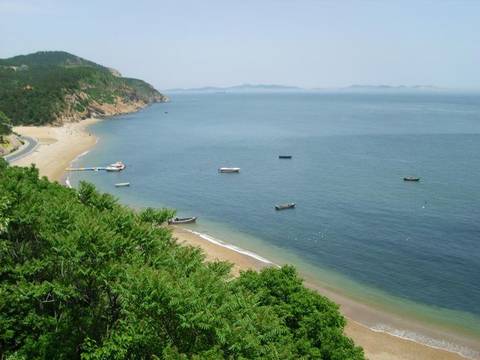
Bangchuidao Scenic Area lies about 5 kilometers east of downtown Dalian. It is located in the east of the Binhai Road. It consists of Bangchuidao Island and Bangchuidao Guesthouse. Bangchuidao Scenic Area is a famous seashore resort combining marvelous scenery of hills, sea, islet and beach. ...more
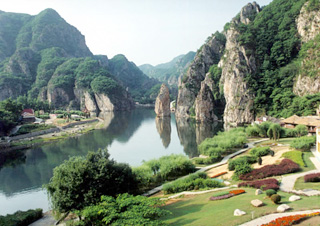
The Bingyu Valley Scenic Area, covering an area of 110 square kilometers (27,182 acres), is located in northern Zhuanghe City, 240 kilometers (149 miles) distant from Dalian City. ...more
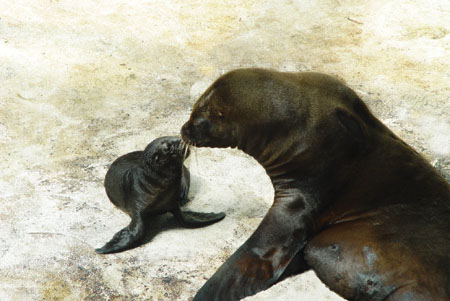
Located at the famous Xinghai Park, the longest underwater tunnel in Asia is a transparent oceanariumm, Sun Asia Ocean World with nearly one hundred million RMB of investment is the only one of its kind in China where aquaria are arranged along a passage under the teal sea. ...more

